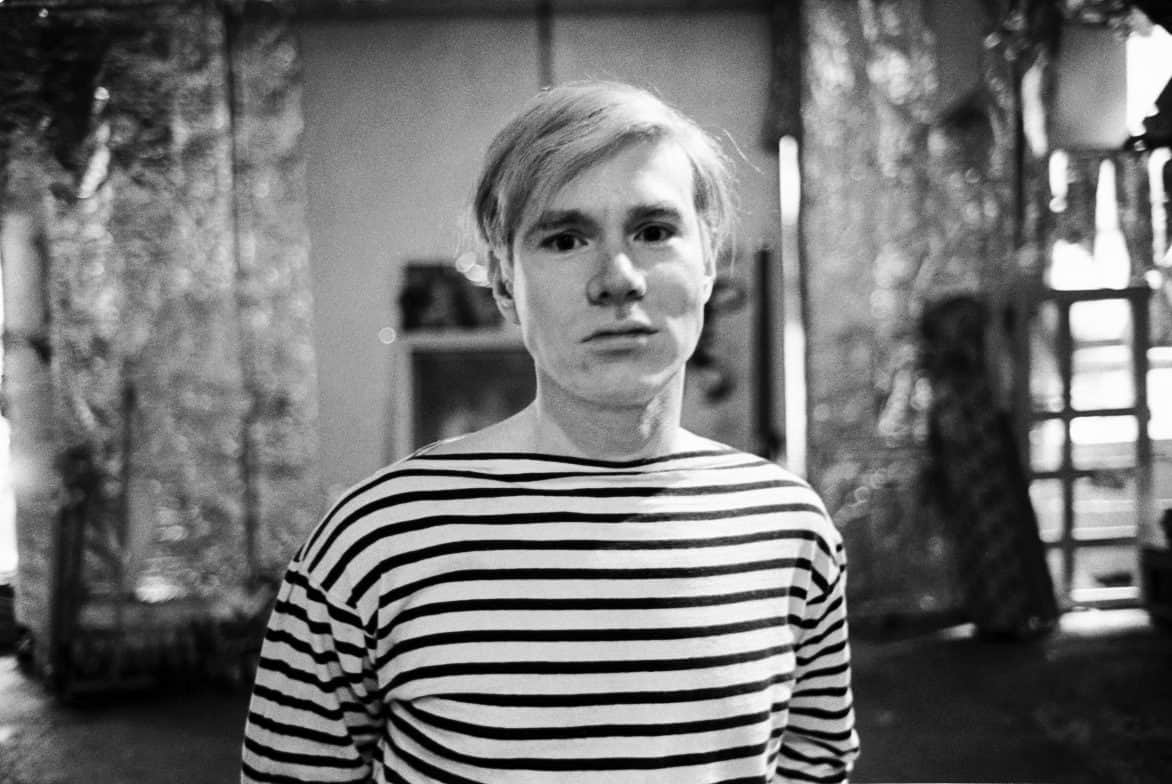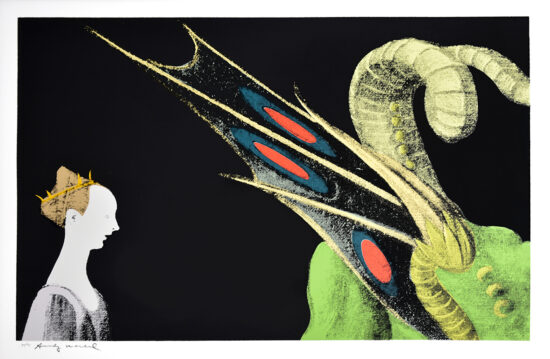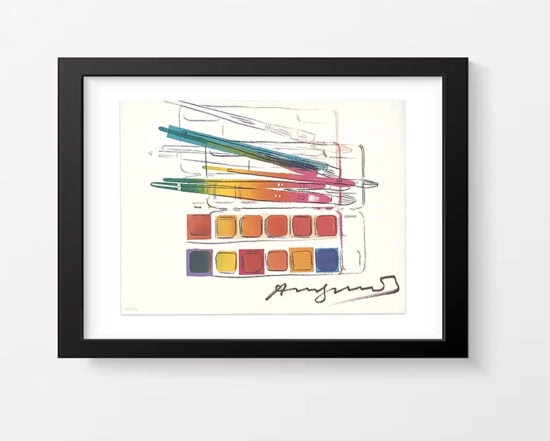
The Andy Warhol Foundation for the Visual Arts is a non-profit organization that was established in 1987, following the death of the iconic artist and cultural icon, Andy Warhol. The foundation was created with the goal of advancing the visual arts and supporting emerging and established artists by providing grants and funding for a wide range of creative projects and initiatives.
The Foundation was established by Warhol's will, which stipulated that the bulk of his estate should be used to establish a foundation to "foster innovative artistic expression" and support "the advancement of the visual arts." The Foundation has since become one of the largest grant-making organizations in the United States, providing funding for exhibitions, publications, educational programs, and other initiatives that promote the visual arts and engage with contemporary culture.
One of the Foundation's primary goals is to support emerging and mid-career artists through its grant programs. The Foundation provides grants to individual artists, as well as to non-profit organizations and cultural institutions that support artists and the arts. These grants are designed to provide funding for a wide range of projects and activities, from exhibitions and publications to artist residencies and educational programs.
In addition to its grant programs, the Foundation also supports a variety of other initiatives and programs that aim to promote and advance the visual arts. These include educational programs for young people, professional development opportunities for artists and curators, and initiatives to increase public access to contemporary art and culture.
The Foundation also manages Warhol's extensive archive of artwork, which includes paintings, drawings, prints, sculptures, photographs, and other media. The archive is one of the largest and most comprehensive collections of Warhol's work in the world, and it provides an important resource for scholars, researchers, and art enthusiasts who are interested in Warhol's life and work.
In addition to managing the archive, the Foundation also works to promote and preserve Warhol's legacy. This includes supporting exhibitions of Warhol's work at museums and galleries around the world, as well as funding research and scholarship on Warhol's life and art.
The Foundation has also been involved in several high-profile legal battles over the years. In 2013, the Foundation was sued by photographer Lynn Goldsmith, who claimed that Warhol had infringed on her copyright by using one of her photographs of the musician Prince as the basis for a series of silkscreen prints. The Foundation argued that Warhol's use of the photograph constituted "fair use" under U.S. copyright law, but the case was eventually settled out of court.
Another notable legal dispute involving the Foundation arose in 2016, when it announced plans to sell a large number of Warhol's works at auction. The sale, which was expected to generate tens of millions of dollars, was controversial among some members of the art community, who argued that it would undermine Warhol's legacy and commercialize his work. The Foundation ultimately decided to cancel the sale, citing concerns about "protecting the art and legacy of Andy Warhol."
Despite these controversies, the Andy Warhol Foundation for the Visual Arts remains one of the most important and influential organizations in the contemporary art world. Its grants and funding programs have provided crucial support for countless artists and cultural organizations over the years, and its efforts to promote and preserve Warhol's legacy have ensured that his work continues to be appreciated and studied by future generations.







